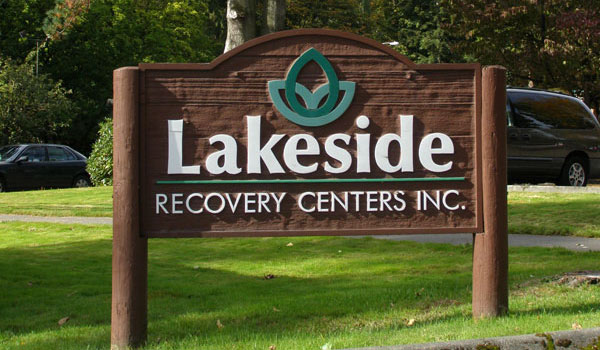Most people associate addiction with only one specific drug, such as opioids or alcohol. However, it’s also possible to develop a dependence on multiple drugs. Polysubstance abuse is challenging because it can significantly increase the risk of accidental overdose and requires specific treatments to address the effects of simultaneously misusing more than one addictive drug.
How Does Polysubstance Abuse Develop?
If you have already built a tolerance to one intoxicant, you may decide to experiment with others in hopes of a stronger high. Regular users of prescription drugs like opioids or benzodiazepines might unintentionally combine substances without considering the potentially dangerous interactions. Sometimes, people who are already intoxicated might impulsively decide to try another drug due to flawed judgment.
All addictive substances affect the brain, and when multiplied, the combined impact can be far more severe than how each drug behaves separately. Once someone loses the ability to gauge how impaired they’ve become, they might keep drinking or using dangerous quantities of alcohol or drugs, with tragic results.
Besides addiction, some short-term side effects of polysubstance abuse include:
- Nausea and vomiting
- Dehydration
- Sharp drop or spike in blood pressure
- Heart arrhythmia
- Dizziness or loss of coordination
- Loss of consciousness
- Significantly slowed breathing
- Coma
- Overdose death
Long-Term Consequences of Polysubstance Misuse
People who abuse multiple addictive drugs over long periods are at an elevated risk of several complications.
- Acute health problems: Various physical illnesses are more common in polysubstance abusers because of the combined effects on the body. For example, heavy drinkers who inject drugs are more likely to develop chronic diseases such as hepatitis C, and tobacco smokers who use stimulants like cocaine may experience severe heart disease.
- Co-occurring mental illness: People who struggle with untreated mental health issues like depression and PTSD might simultaneously abuse multiple drugs. Substance misuse worsens mental health symptoms, and vice versa. People with a dual diagnosis of addiction and a co-occurring mental health disorder must seek treatment that addresses both illnesses at once.
Polysubstance Abuse Treatment
Overcoming the unique challenges of polysubstance addiction requires an individualized approach. Depending on the substances you used, you may experience an unexpected combination of withdrawal symptoms when trying to quit. To ensure your safety, it’s best to stay in a rehab facility where you can receive round-the-clock monitoring and personalized attention from clinical professionals.
Your recovery plan should also address any underlying mental health conditions to establish a solid foundation for lifelong sobriety. Learning coping skills for managing triggers and cravings can help you avoid a relapse and become more resilient.
At Lakeside-Milam Recovery Centers, we believe there is always hope for transforming your life, even if you have struggled with your mental and behavioral health for years. As a testament to our commitment to evidence-based practices and excellent client outcomes, we have achieved high-level accreditation. Our admissions team is here for you when you are ready to learn more about getting help. Please contact us today to talk to someone who cares.






